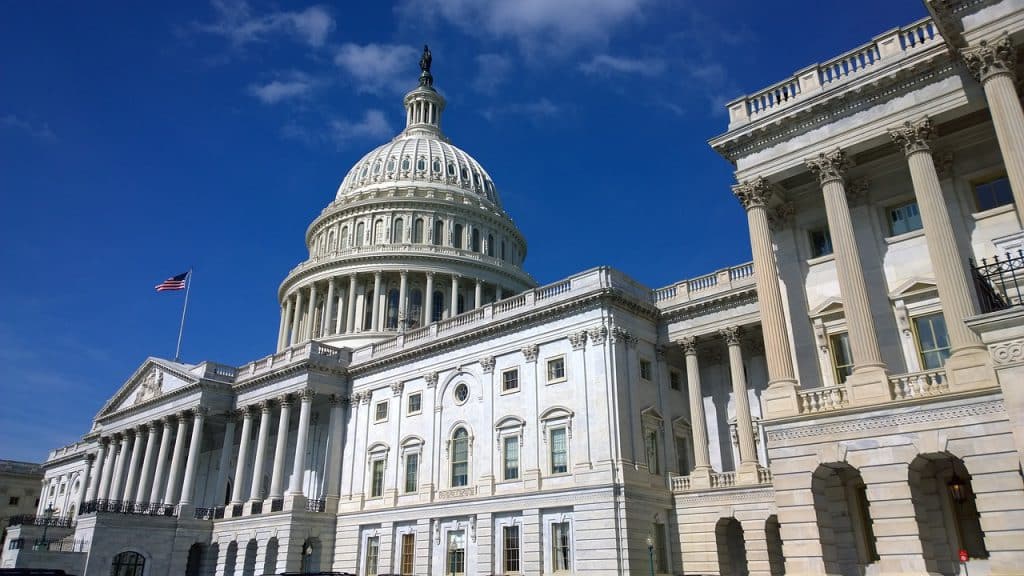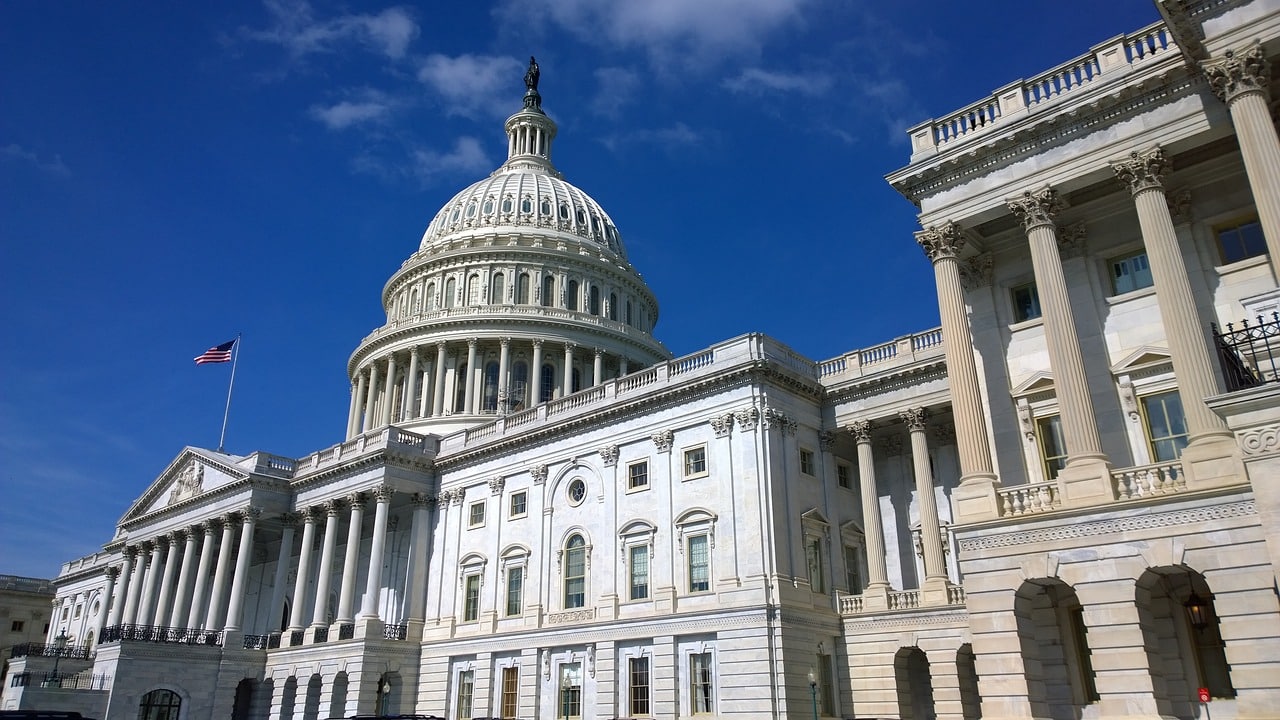
How does the government shutdown of 2018 compare to 2013’s?
Lauren Dibble, Staff Writer
Photo courtesy of Pixabay.com
After nearly three days of many federal operations being closed, Congress voted to reopen the federal government on Monday afternoon.
While it marked the 19th government shutdown overall for the U.S., it was the first to occur under President Trump’s administration. The government hasn’t shut its doors since the two-week standoff in October 2013 under Barrack Obama’s presidency.
Mark A. Roeder, associate professor of political science at North Greenville University, stated that “Most of the time when the government shuts down it’s because one side is pushing an agenda and holds the budget hostage.”
The shutdown in 2013 was a result of a Congress standoff over the Affordable Care Act, also known as Obamacare. Government has once again come to an inability to agree on a budget and pass a spending bill. Last week’s shutdown was caused by a disagreement on the Deferred Action for Childhood Arrival (DACA) program recipients.
DACA aims to give deportation protection to hundreds of thousands of unauthorized immigrants who were brought to the U.S. as children. Democrats decided to withhold support from the government spending bill until progress was made insuring the protection of these immigrants, thus leading to the shutdown.
“Republicans do have control of both Houses of Congress, but it’s a very narrow control. Any Republicans that don’t tow the party line could sway [the vote] to the Democratic side, whereas in 2013, the divide was a little stronger,” Roeder said.
Both shutdowns resulted in a number of federal employees being sent home on furlough, while some government institutions remained open. During the most recent shutdown, facilities such as post offices, airlines, some national parks and military services were still operating. Fox News said, “The U.S. military will continue its operations overseas – although members will not receive pay until Congress approves funding.”
Centers for Disease Control and Prevention were among the departments that shut down last week. The Library of Congress had to cancel all public events and historical sites, including the Liberty Bell and Independence Hall, which were also forced to close their doors over the weekend.
Similar to the recent shutdown, military services were still active during the 2013 shutdown, but soldiers were unable to receive pay for a much longer period of 16 days. The shutdown closed all national parks and many historical institutions, such as the Smithsonian museums.
On Sunday night, Senate Majority Leader Mitch McConnell publicly made an offer to continue government funding another two-and-a-half weeks.
That gives Congress until Feb. 8 to resolve the DACA dispute. If no deal is reached before then, it’s McConnell’s intention to bring up an immigration bill after that.
In regard to the DACA decision, Roeder added that “sometimes [in politics] the solutions look good on paper, but have a hard time coming to fruition.”
Congress has bought some extra time with the continuation, but unless an agreement can be reached, the U.S. may face another shut down Feb. 8.

